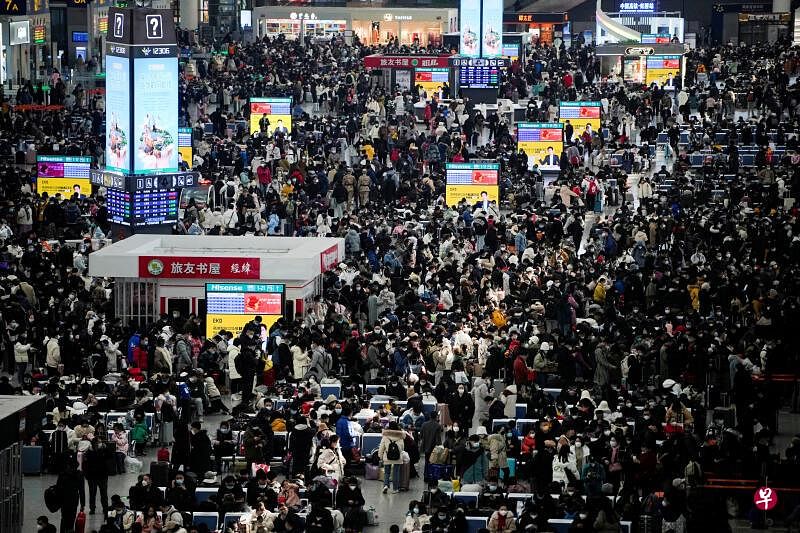
The latest data released by the National Bureau of Statistics of China shows that at the end of last year, China ’s population was 1.41.75 million, and the newborn population was less than the death population, and a total of about 850,000 were reduced. It was the first negative growth since the Great Famine in 1961.The inflection point of this population is earlier than that of Chinese officials, and the population expert believes that the phenomenon of decreased population in China will be a long -term trend in the future.This trend has a long -term impact on the economy of China and the world.
Although the crown disease epidemic increases China's mortality rate in the short term, impact employment and travel, it also affects the marriage and childbirth of many Chinese people.Unwilling trend.This may be out of two major factors.The first is that China has implemented a long -term one -child policy.After the mainland government implemented reform and opening up in 1979, in order to avoid the rapid population growth, consume capital accumulation, obstruct the industrialization and modernization goals, formulate a rigorous child -based policy, and control the growth of population by high fines or even forced pregnant women abortion.Essence
According to official statistics, from 1979 to 2015, the one -fetalization policy effectively reduced 400 million new students.The fertility rate of Chinese women also fell from 5.54 at 5.54 when the mainland government was established in 1949 to 1.07 in 2022.Due to the concept of traditional Chinese and young women, the one -child policy distorted the gender ratio of the population structure. A large number of baby girls were abandoned after abortion or even after birth, and the number of women who can have children who can have children in the later 20s and 30 years.China's population is now unable to replace, and some experts even use "cliff -like declines" to describe this phenomenon.
The decline in fertility rates is also related to China's economic development, especially the government promotes urbanization and reduces the rural population.In 2021, the urbanization rate of China's permanent population reached 64.72%, and the urbanization rate of the household registration population increased to 46.7%.There is a lot of living and living space in rural areas, and children are the potential labor of the family.In contrast, the living space and living space of the town are small. Children are the economic burden of the family, especially the high cost of education and medical treatment.At the same time, similar to the experience of all industrialized society, Chinese women have improved their education and social status after reform and opening up. They are relatively independent of their economy, and their willingness to fertility has declined simultaneously.The decrease in the absolute population of the population is not the main problem, and the aging of the population structure is.With the development of economic development and scientific and technological progress, China's per capita life span has continued to extend, and the population ratio of population over 60 years of age has continued to rise.According to the seventh national census data in China in 2021, the population over 60 years old is 264.02 million, accounting for 18.70%, and the population of 0 to 14 is 25.338 million, accounting for 17.95%.The new population subverts the normal population pyramid structure.
At the same time as China's official announcement of the decline in population, international media noticed that India, the world's second population, India, which may replace China's top position this year.India's population continues to grow and is relatively young.According to data in 2021, India ’s population is 25.69%, and the population of 60 or more accounts for 10.1%.Although it also declined, India's fertility rate in 2022 was 2.159, which still maintained an alternative level.
In the population structure, middle -ages represent mature skills and high productive forces, young people represent the consumption power, and the future.The Chinese population structure is shrinking in teenagers and young people, which means that consumption power and the country are not very optimistic in the future.In addition to the increasing pressure of pension and medical expenditure to finance, the aging population will also affect China's position as a "world factory" and the attraction of foreign capital as a huge consumer market.
Although the aging of the population is a common phenomenon in East Asia, compared with Japan, South Korea, and Taiwan with a per capita income of more than 30,000 US dollars, and China, such as South Korea, and Taiwan, has mature and developed China.The early age of "the phenomenon of the old age occurred in advance, regardless of the social stability within China, or the economic situation in the Indo -Pacific region in the future, there will be a long -term impact that cannot be ignored.


